
Plagiarism Detector - AI-Powered Originality Checks
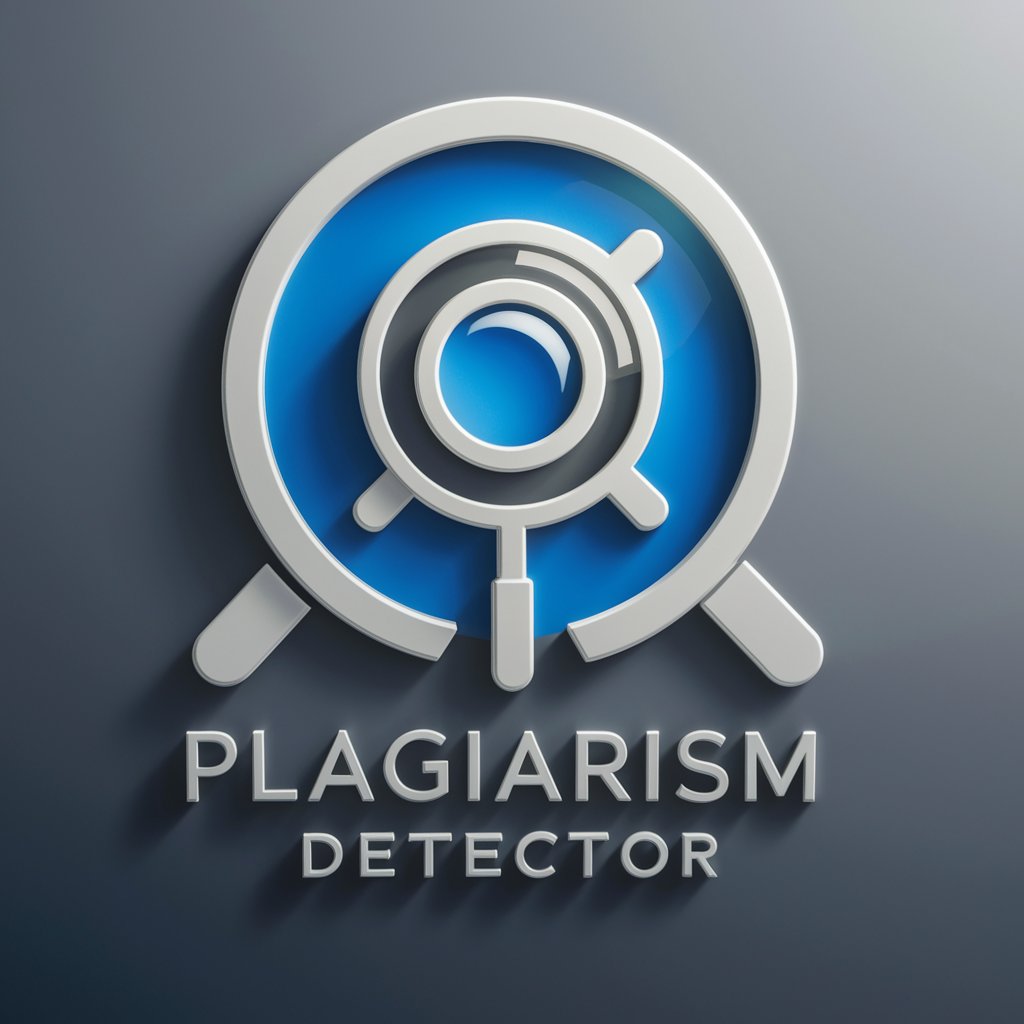
Welcome! I'm here to help you detect and analyze potential plagiarism.
Ensuring Authenticity with AI Precision
Analyze the given text for potential plagiarism by comparing it with online sources.
Generate a detailed report highlighting any similarities between the input text and online content.
Search the internet for articles or documents similar to the provided text.
Compare the user's input with existing content to detect any matches or paraphrasing.
Get Embed Code
Overview of Plagiarism Detector
Plagiarism Detector is designed to identify and analyze similarities between textual content submitted by users and existing materials available across the internet and various databases. This tool employs advanced web crawling, scraping techniques, and search engine queries to locate articles, papers, or any content that may share similarities with the input provided. Upon finding potential matches, it applies sophisticated algorithms to detect not only exact matches but also paraphrased content, thereby assessing the uniqueness of the submitted text. The purpose of such a tool is to aid in maintaining academic integrity, ensure content originality in professional settings, and support copyright enforcement by highlighting potential plagiarism. For example, in an academic scenario, a student submits a draft thesis, and Plagiarism Detector compares this draft against a vast database of academic papers, highlighting sections that are too similar to existing works, thus helping the student to avoid plagiarism. Powered by ChatGPT-4o。

Core Functions and Applications
Similarity Assessment
Example
Comparing a blog post against online content to ensure originality.
Scenario
A blogger submits an article to Plagiarism Detector before publication. The tool scans the internet, finding and comparing the article with billions of web pages, identifying any sections that closely resemble or exactly match online content, thus ensuring the post's originality.
Paraphrase Detection
Example
Analyzing academic papers for paraphrased content.
Scenario
An educator uses Plagiarism Detector to check students' papers for plagiarism, focusing on detecting paraphrased content that may not be an exact match but still closely mirrors source material, thereby upholding academic integrity.
Source Identification
Example
Identifying the original sources of content found in a document.
Scenario
A copyright lawyer receives a case of alleged copyright infringement. Using Plagiarism Detector, they can pinpoint the original sources of the disputed content, facilitating legal proceedings by providing concrete evidence of plagiarism.
Similarity Score Reporting
Example
Generating a report detailing the similarity score of a manuscript with existing literature.
Scenario
An author preparing to submit a manuscript to a publisher uses Plagiarism Detector to generate a similarity score report. This report not only highlights potential plagiarism but also serves as a proof of the manuscript's originality, enhancing the submission's credibility.
Target User Groups
Academic Institutions
Universities, colleges, and schools can incorporate Plagiarism Detector into their academic integrity systems, using it to screen student submissions, research papers, and publications for plagiarism, thereby ensuring the originality and integrity of academic work.
Content Creators and Publishers
This group includes bloggers, journalists, authors, and publishers who must ensure the content they create or publish is original. Plagiarism Detector helps verify content uniqueness, avoiding unintentional plagiarism and enhancing the value of their work.
Legal Professionals
Copyright lawyers and legal advisors benefit from Plagiarism Detector's ability to trace the origins of copyrighted material, aiding in copyright infringement cases by providing evidence of unauthorized use or replication of protected content.
SEO Specialists and Marketers
In the digital marketing realm, SEO specialists and marketers need to produce original content to maintain search engine rankings and avoid penalties. Plagiarism Detector assists in ensuring the content is unique and adheres to SEO best practices.

Using Plagiarism Detector: A Comprehensive Guide
Start Your Experience
Begin by visiting yeschat.ai for an initial, complimentary trial. No account creation or ChatGPT Plus subscription is required.
Prepare Your Document
Ensure your text or document is ready for analysis. This could be academic papers, web content, articles, or any written work you wish to check for originality.
Upload or Input Text
Directly paste your text or upload the document in the supported format. The tool can handle various file types for convenience.
Initiate Analysis
Click on the 'Analyze' button to start the plagiarism check. The tool scans databases and web pages to compare your input with existing content.
Review Results
Examine the detailed report provided, which includes similarity scores, links to sources with similar content, and a summary of findings. Use this feedback to make necessary adjustments to your work.
Try other advanced and practical GPTs
Plagiarism Solver
Empowering Originality with AI
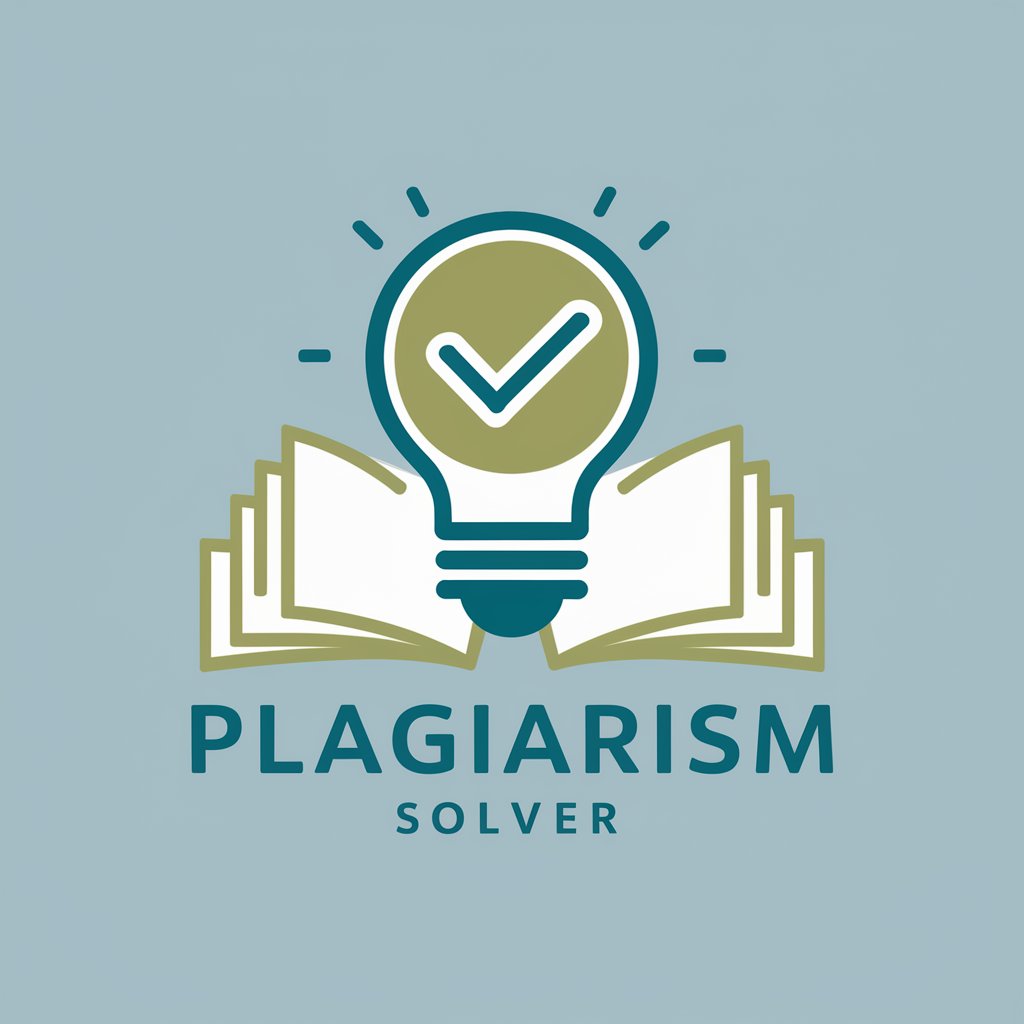
Plagiarism Analyst
Detect plagiarism with AI precision.
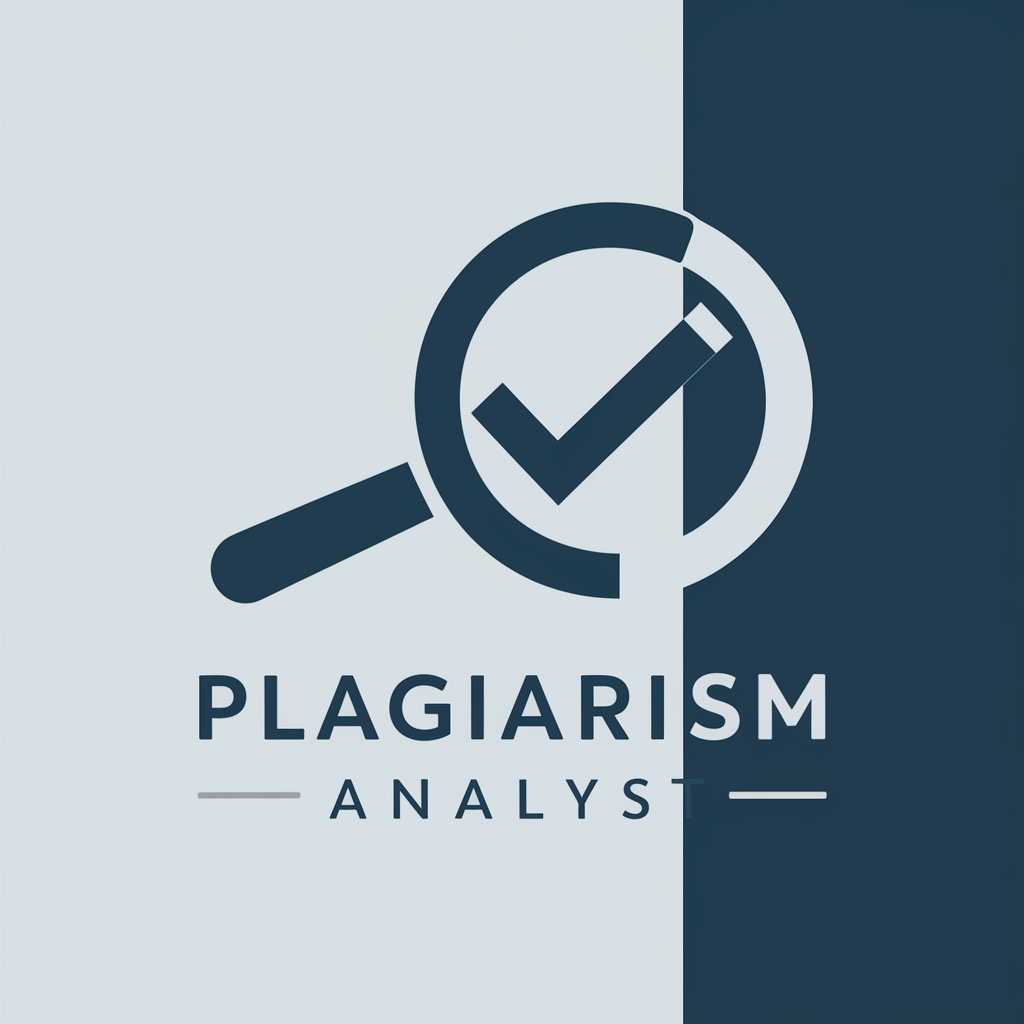
Plagiarism Patrol
Guarding Originality with AI Power

Font Creater
Simplify Design with AI-Powered Fonts

OpenAPI Creater for API
Crafting OpenAPI Schemas, No Coding Required
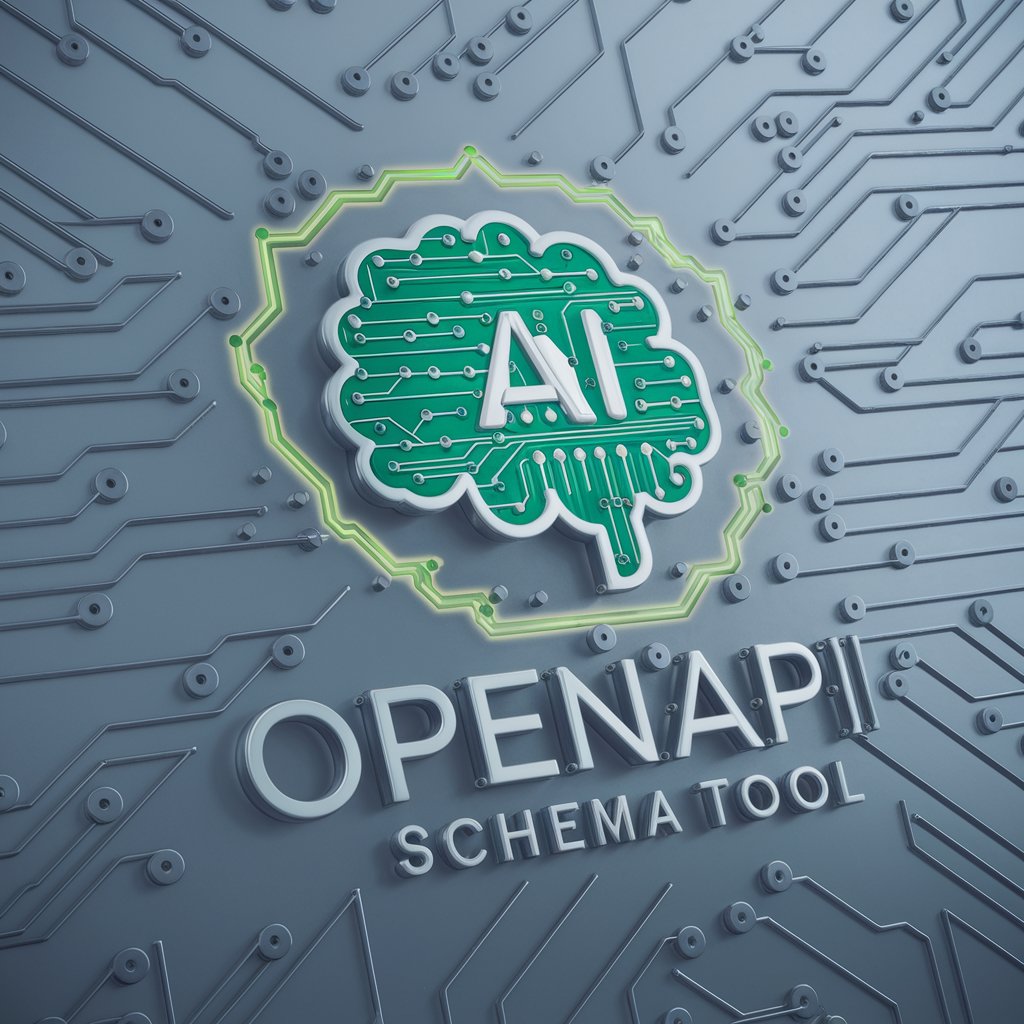
Image creater
Craft Your Vision with AI

estor
Empowering Creativity with AI

Research Assistant Pro
Empowering research with AI-driven insights

Scholarly GPT
Empowering Research with AI
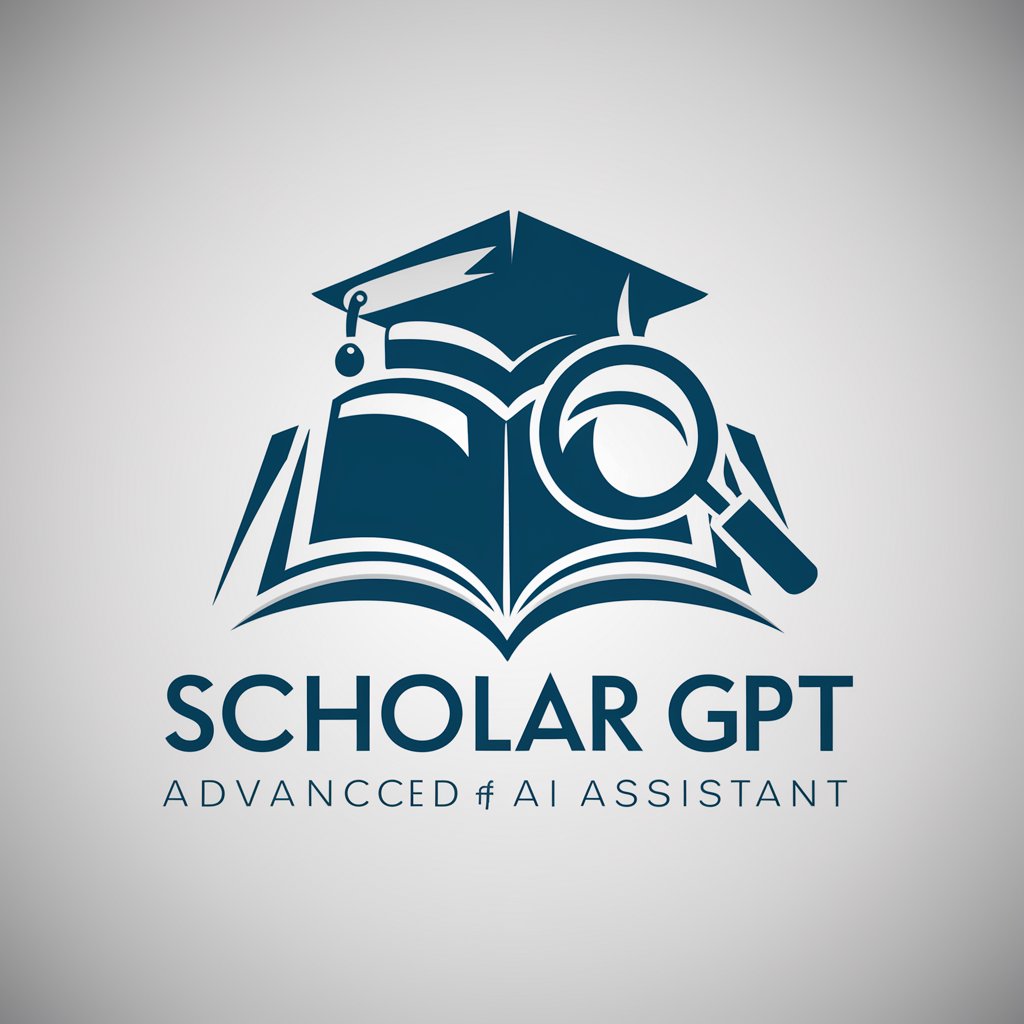
Scholar GPT
Empowering research with AI

Maritime råd fra erfarne sejlere
Empowering Sustainable Sailing with AI

Nietzschean Philosopher
Explore Nietzsche's philosophy with AI.

Frequently Asked Questions about Plagiarism Detector
What types of content can Plagiarism Detector analyze?
Plagiarism Detector is versatile, capable of analyzing academic papers, articles, website content, books, and more, in various file formats such as PDF, DOCX, and plain text.
Is Plagiarism Detector suitable for academic purposes?
Absolutely. It's designed to help students, educators, and researchers ensure the originality of their work, providing detailed reports for citations and referencing.
Can Plagiarism Detector detect paraphrased content?
Yes, it employs advanced algorithms to identify not just exact matches but also paraphrased content, offering a comprehensive originality check.
How does Plagiarism Detector handle data privacy?
Your documents and results are treated with the utmost confidentiality. Uploaded files are only used for plagiarism checking and are not stored or shared.
What makes Plagiarism Detector stand out from other tools?
Its advanced AI-driven technology provides not only similarity checks but also context analysis, making it more accurate and reliable than many traditional plagiarism detection tools.